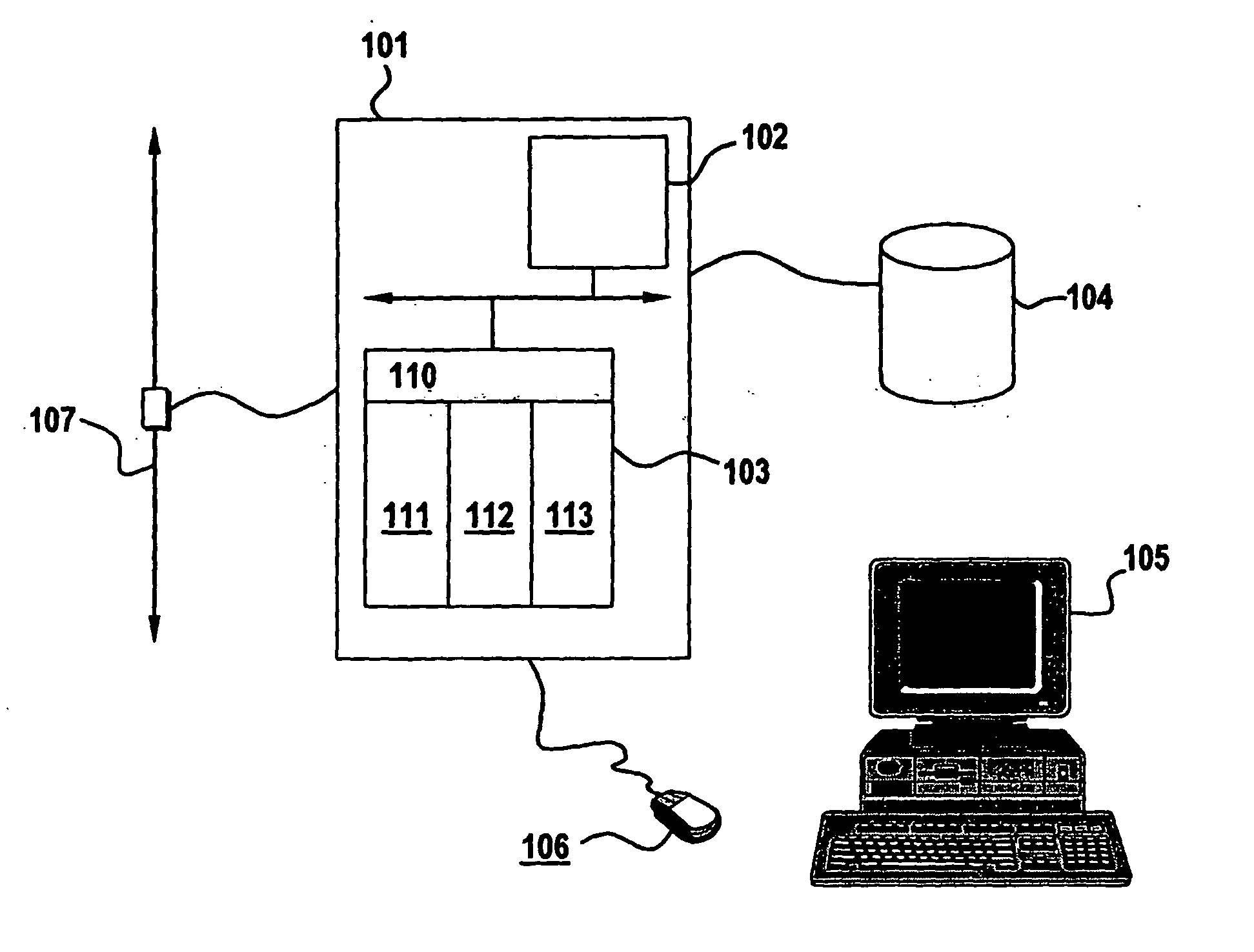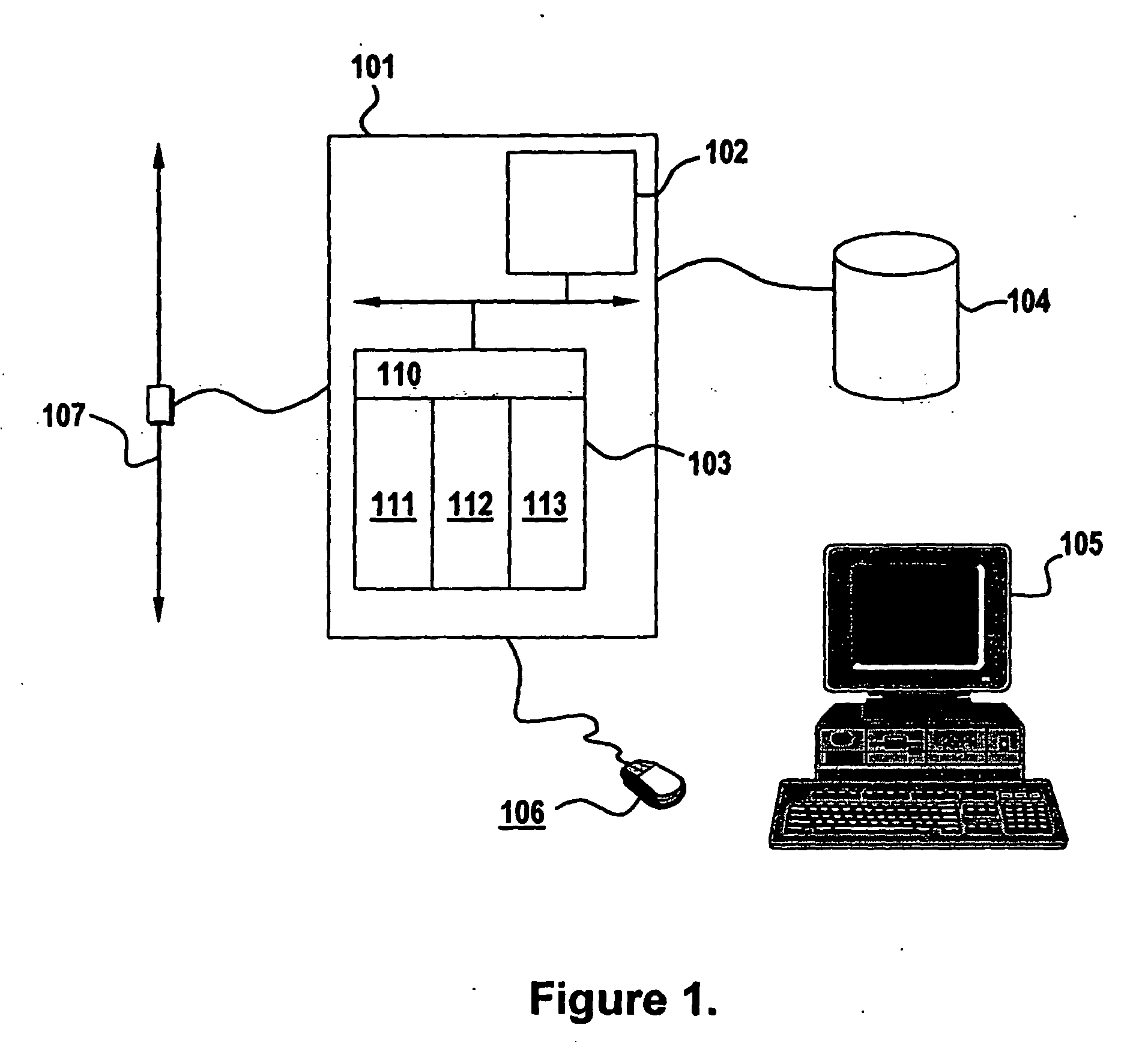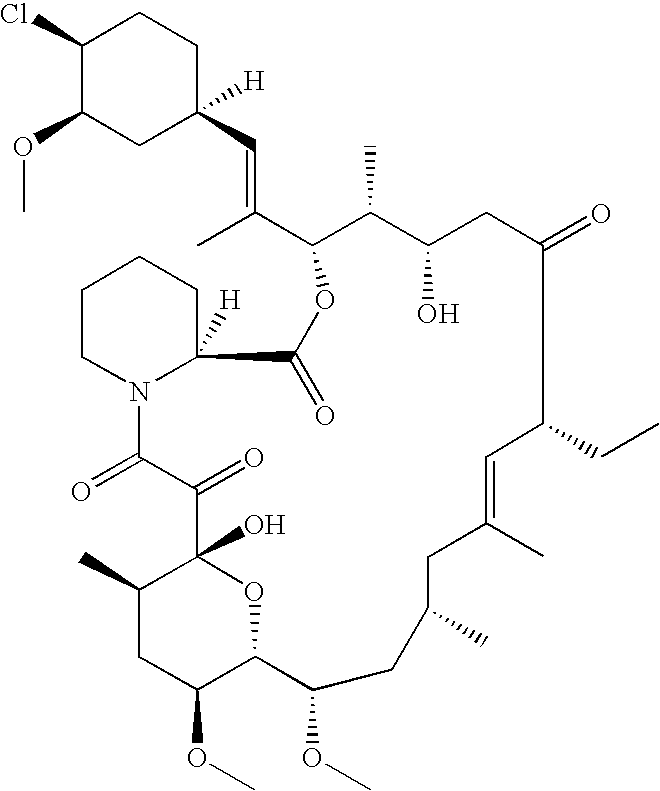Bioequivalence determination using expression profiling
a technology of expression profiling and bioequivalence, applied in the field of expression profiling systems, can solve the problems of loss of pharmacological activity, limited access of many drugs, especially non-lipid soluble ones, to the central nervous system (cns) of mammals, including humans, and severely restricted water bulk flow
- Summary
- Abstract
- Description
- Claims
- Application Information
AI Technical Summary
Benefits of technology
Problems solved by technology
Method used
Image
Examples
example 1
Determination of Bioequivalent Formulations of the Oral Formulation of Pimecrolimus (ASM981)
[0227] Pimecrolimus (also called ELIDEL® or ASM981) is an Ascomycin Macrolactam derivative with anti-inflammatory properties. The chemical name of ELIDEL® or ASM981 is 33-Epichloro-33-desoxy-ascomycin. ASM981 has been successfully tested in animal models and in clinical trials against inflammatory skin diseases using a topical formulation.
[0228] More recently, topical ASM981 or pimecrolimus, in the form of 1% cream, has been used with great success in the treatment of psoriasis, atopic dermatitis and contact dermatitis. In addition an oral formulation has been used to treat patients with moderate to severe plaque psoriasis and has also proved highly successful.
[0229] ASM981 belongs to the macrolatam derivative family and as with other members of this family it binds to macrophilin 12 and inhibits calcineurin. ASM981 is able to block the activation of both T cells and mast cells and the syn...
PUM
| Property | Measurement | Unit |
|---|---|---|
| size | aaaaa | aaaaa |
| transit time | aaaaa | aaaaa |
| generalized cosine angle | aaaaa | aaaaa |
Abstract
Description
Claims
Application Information
 Login to View More
Login to View More - R&D
- Intellectual Property
- Life Sciences
- Materials
- Tech Scout
- Unparalleled Data Quality
- Higher Quality Content
- 60% Fewer Hallucinations
Browse by: Latest US Patents, China's latest patents, Technical Efficacy Thesaurus, Application Domain, Technology Topic, Popular Technical Reports.
© 2025 PatSnap. All rights reserved.Legal|Privacy policy|Modern Slavery Act Transparency Statement|Sitemap|About US| Contact US: help@patsnap.com



